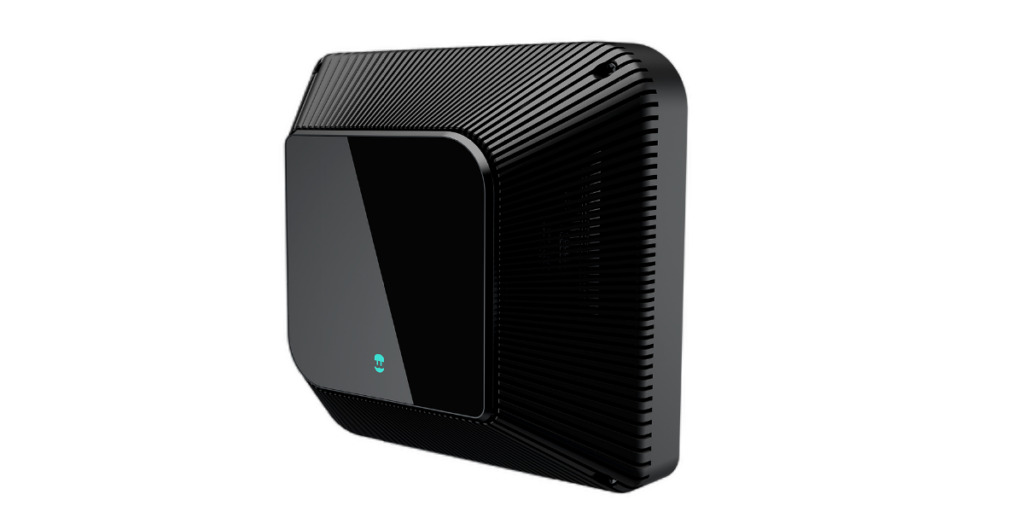Vehicle-to-grid (V2G) EV chargers could be economically viable in the near term and save hundreds of millions of pounds in grid costs, but only if the industry can deliver specific conditions.
That is the principal finding from a new report on the technology, published this week on the back of a government-funded competition surrounding the nascent technology.
The ‘Vehicle to Grid Britain’ report, led by Element Energy, forms part of the V2G competition funded by both the Office for Low Emission Vehicles (OLEV) and the Department for Business, Energy and Industrial Strategy (BEIS) and supported by Innovate UK.
It has garnered insight from consortium members including Nissan, Energy Systems Catapult, Cenex, WPD, National Grid ESO and Moixa, and produced a series of conclusions that it says uncovers both near-term niches and longer term opportunities for V2G.
Crucially, the report concludes that residential V2G charging could make economic sense in the near term, but only if a set of ideal operating conditions are met.
High plug-in rates will be required, while there will be a need to reduce the installation cost of high accuracy metering equipment – SMETS2 smart meters – necessary to compete in Firm Frequency Response markets.
Revenue streams will need to be stacked efficiently to bolster the business case for each V2G install, while business models will need to be agile enough to move between revenue streams when required.
There is also a need to bring down hardware costs significantly, the report concludes. The cost for a premium, 7kW residential V2G charger will need to drop below £1,000 by 2030 to create a viable market for installations to pick up.
V2G chargers are not yet readily available to purchase in the UK, however a number of energy suppliers are bringing solutions to market under lease schemes. Last year Octopus Energy’s EV division teamed up with Wallbox to launch its Powerloop system in the UK, a service which packages a new Nissan Leaf, Wallbox charging unit, electricity supply and other features, starting at £299 per month. OVO Energy is also understood to be carrying out installations of V2G charging tech.
But should the industry be able to deliver on those points, the size of the prize on offer, and detailed within the report, stands to be significant.
The report concludes that a standard 7kW charger could deliver revenues to the consumer to the tune of £436 per year, the majority of which would come from services delivered to National Grid, mainly through FFR tenders. That figure would however require “ideal circumstances”, with a typical figure considered to be closer to £100 a year.
Meanwhile, widescale deployment of V2G technologies could help save around £200 million of cumulative distribution network investment over the course of the next decade, and generate total GB system net savings of between £40 – 90 million in the same timeframe.
Speaking to Current±, Shane Slater, director at Element Energy, said that the report not only identified near-term opportunities for V2G, but the challenges faced in bringing hardware costs down and hurdling regulatory barriers, work that will require cross-industry collaboration.
“These insights could only have been generated through a cross-sectoral collaboration – reflecting the kind of integrated approach (from System Operator through to EV driver), that will be required to bring technologies like smart and V2G charging to widespread adoption,” he said.





